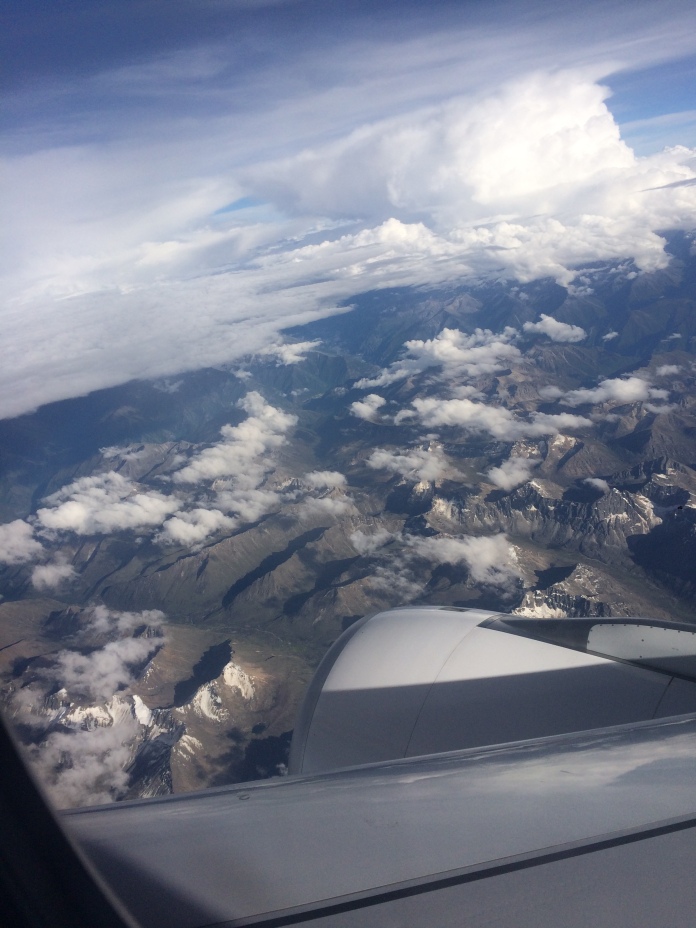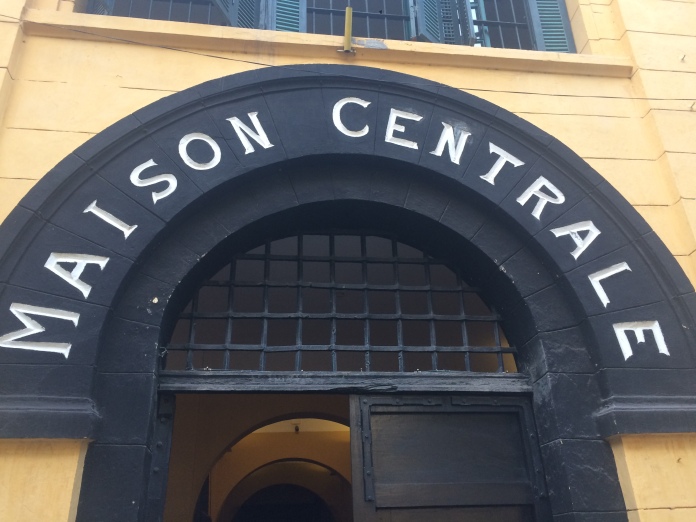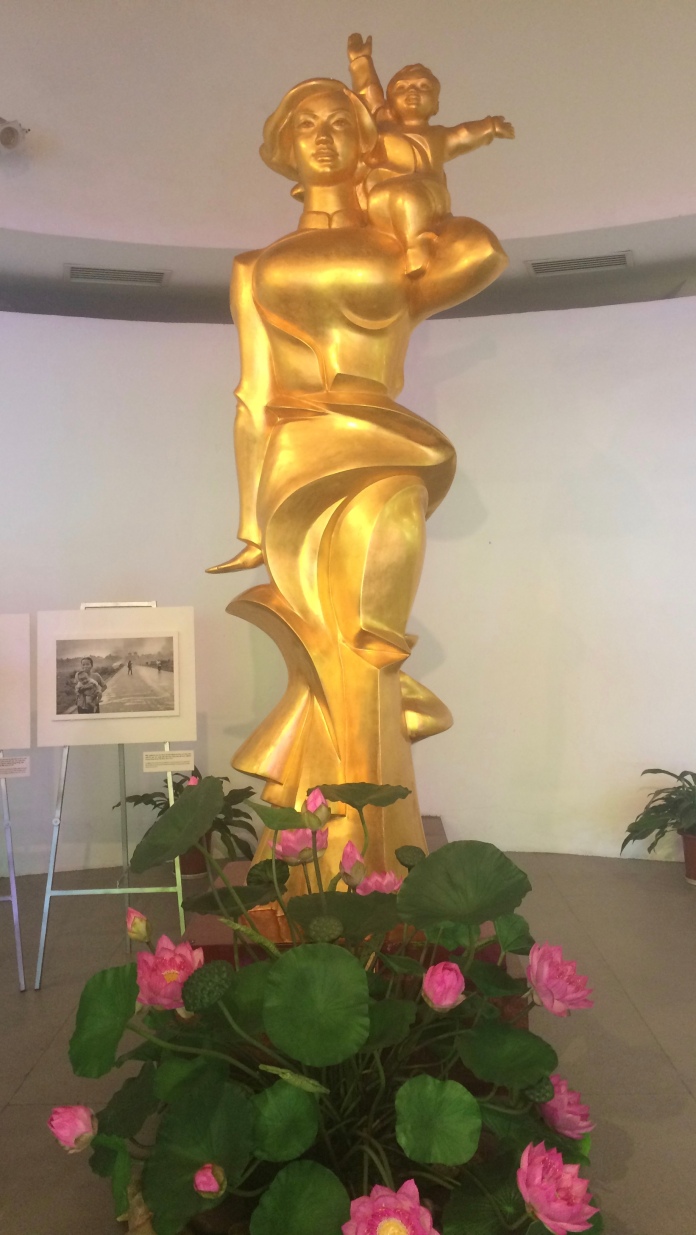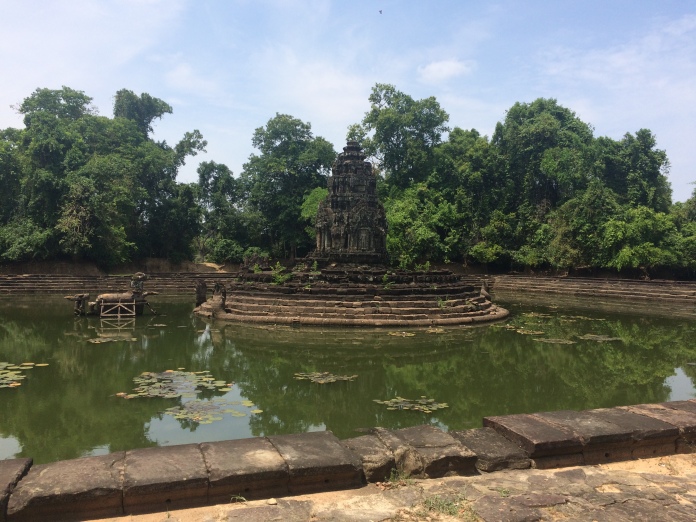Okay, it’s been a really really long time since I posted… I don’t have an excuse except that it has been a bit of a whirlwind. I’m back in the USA! It’s been honestly really weird adjusting back to being in the states and living with my family again. People keep asking what it’s like being back and it’s kinda hard to say, I miss parts of being in HK but I also know that isn’t where I wanted to be long term. Mostly it’s the little things that will throw me off at random. Seeing changes in the town and at my house. It’s a little startling to realize you forgot where things are kept in the house that you’ve spent our whole life. Plus, as a little talked about side effect of the life I live I really don’t have close friends in my home town or state. I went to college out of state and travel as much as I can so I have friends all around the country and the world but not where I grew up. Luckily as it happens a number of my friends live in the same state so I’ve spent a fair amount of my time back in the states road tripping through NY to catch up with them.
But on to the more exciting part of this post. Before I left HK I spent 10 days traveling in mainland China with my mom and my oldest brother. We started the trip by meeting up in Beijing. They flew from the US and I flew from HK so my first reunion in a year with my family members was in the Beijing airport.
We were only in Beijing for a couple days so we tried to cram in as much sightseeing as possible. Our first stop was the Summer Palace. It is a large complex of gardens, lakes, palaces, and temple that was first constructed in the 12th century but underwent numerous remodels and expansions over the years and from different dynasties.
Our next stop was Tiananmen Square, where unfortunately Mao’s Mausoleum was closed for reasons that were not made clear. There was also so much security at Tiananmen (and really all over Beijing and mainland in general). Even with the Mausoleum being closed it was still kind awe-inspiring/eerie to be walking in a place that is surrounded by so much emotion and ultimately tragedy.
From there we crossed the street to visit the Forbidden City and the Imperial Garden. Basically living out my Mulan fantasies. The Forbidden City was the Imperial Palace from 1420 to 1912. It is made up of 980 buildings and covers 180 acres in the middle of Beijing. Really just the sheer size of the compound and the buildings when you think about how they were constructed is mind boggling.
Our final stop was The Temple of Heaven. This temple was constructed by the same emperor who built the Forbidden City. The complex was visited by the emperors to pray to Heaven for a good harvest. The complex is a beautiful park area with gardens and buildings filling the area.
After our very busy day in the city we got up early the next day to head to the Great Wall (the Mutianyu section- Michelle Obama went to this section too). It was honestly amazing. We were lucky because it was slightly overcast when we went so there was almost no one else there, but it didn’t start raining until we were on our way down. We hiked all the way up thousands of steps to the peak of the Great Wall and were able to experience the renovated and wild parts of the wall. It’s really something to stand on it and just see the wall twisting off into the distance.
The next part of our journey took us the Lhasa, Tibet. The Tibetan Plateau is the highest in the world with Lhasa itself sitting at 3,490 meters (11,450 ft). Flying in over the mountains was breathtaking and stepping off the plane into the crisp clean air (especially after living in HK for a year) was such a great experience. There’s a lot of political tension surrounding Tibet and China’s treatment of it and the people there so we traveled with a guide and made sure we had all the appropriate permits (and were cart some of the religious sites and seeing the trucks of armed Chinese soldiers patrolling the streets certainly gave the air of an occupied territory. We also suffered from some mild altitude sickness which made the first night/day a bit rough. But it was worth it and I loved being there. Definitely adding it to my return trip list!

Our first stop was Norbulingka. It was built in 1755 and served as the summer residence for the Dalai Lama until the exile of the 14th Dalai Lama in 1959. It consists of beautiful gardens and buildings and temples. We were able to see where the Dalai Lama had been living and the different prayer rooms and meeting rooms.
The next place we visited was the Sera Monastery. It is considered one of the great three university monasteries of Tibet. After the Dalai Lama fled to India many of the monks from the Sera Monastery followed him and set up a mirror Sera Monastery in India. Both Sera Monasteries are known for their live debates which we were able to watch in Tibet.
We also visited the Jokhang Temple. This is generally considered the most sacred and important temple by Tibetans. The Jokhang was founded during the reign of King Songtsen Gampo. According to tradition, the temple was built for the king’s two brides: Princess Wencheng of the Chinese Tang dynasty and Princess Bhrikuti of Nepal. The original part of the temple was built in 652 and it underwent numerous expansions from then until the final one in 1610. It is viewed as the “spiritual heart of the city” and sits at the center of a network of Buddhist temples. At all times of day you will see people circling the temple on their pilgrimages as well as prostrating themselves outside of it.
One of our final visits was to the Potala Palace. It is named after Mount Potalaka, the mythical home of the bodhisattva Avalokitesvara. Its construction began in 1645 by the 5th Dalai Lama and it functioned as the Dalai Lama’s residence and the seat of the government until the 14th Dalai Lama had to flee in 1959. Visitation is strictly monitored with multiple ID checks and limits on the number of visitors and how long you can stay for, as well as having numerous areas off limits. It contains the Funeral Stupas of the previous Dalai Lamas as well as many other important artifacts.
We finished our time in Lhasa with a visit to a local family where we learned how to make momo (Tibetan dumplings) and printed our own prayer flags. It was nice to get out of the city a bit and see how people live. Just standing in the shadows of the mountains and breathing the fresh air was really awe-inspiring. And experiencing the life of a people who are having their culture and religion taken from them was humbling and troubling. Throughout Tibet you won’t find a photo of the 14th Dalai Lama and no one knows what will happen and if he will ever get to have a funeral stupa in the Potala Palace.
The final city we visited was Xi’an. The city is the starting point of the Silk Road and is surrounded by a restored city wall which offers great views of the city. Xi’an is also home to the Terracotta Army that we’ve all learned about in school. Its surprisingly well preserved and really cool to see. It was honestly kind of hard to grasp, seeing all these soldiers it seems like there’s no way they are actually real and just dug up out of the ground. This was my mom’s favorite thing on the trip.
We then spent an evening watching the fountain and light show in front of the Big Wild Goose Pagoda and it was so fun. We actually got soaking wet because of how close to the front we were (the whole crowd in that area did) but it just added to the fun of it.
On our last day in the city we visited the Bell Tower and the Drum Tower. Both were built in the 14th century and contained a large bell and drum respectively. The bell was rung at dawn to mark the time while the drum was beat at dusk. From there we headed to the Muslim Quarter and the Great Mosque. In my travels I have visited a few mosques, but this one was really fascinating. While it was not the grandest I have seen, the mix of traditional Islamic designs paired with Chinese architecture created a unique aesthetic.
We left Xi’an and headed back to Hong Kong for less than 24 hours before leaving to head back to America. Walking around the city I’ve lived in for the past year and knowing I was seeing it for the last time in a while was bittersweet. I’m glad to be back in the US and see my friends and family, but I had some amazing times in HK and met some great people. I don’t know where my next adventure will take me, but I’m truly thankful for everything I’ve experienced this past year.


































































































































































































































































